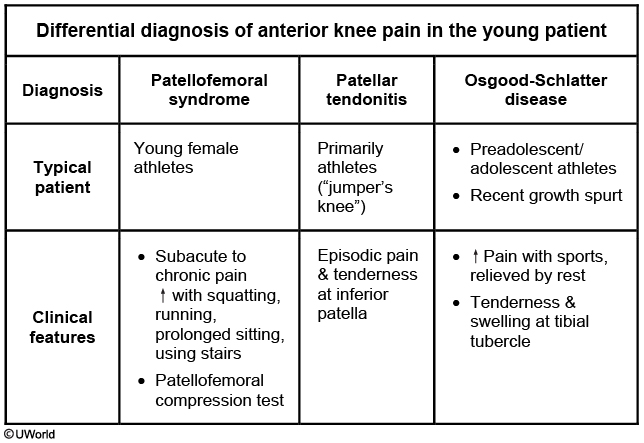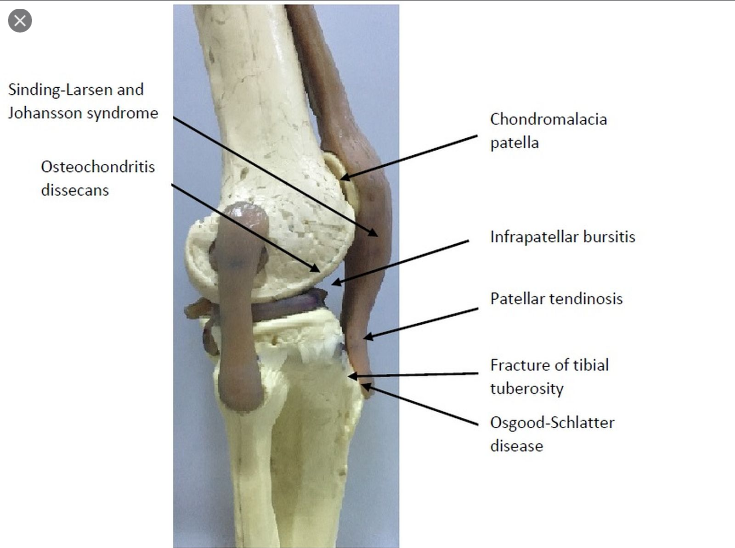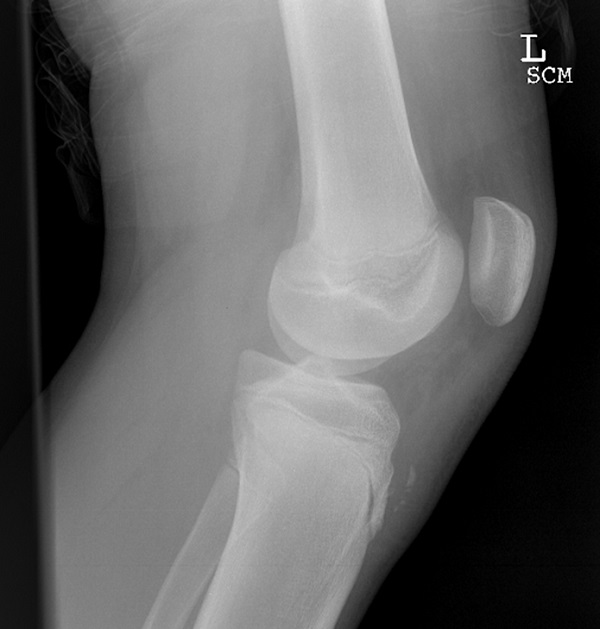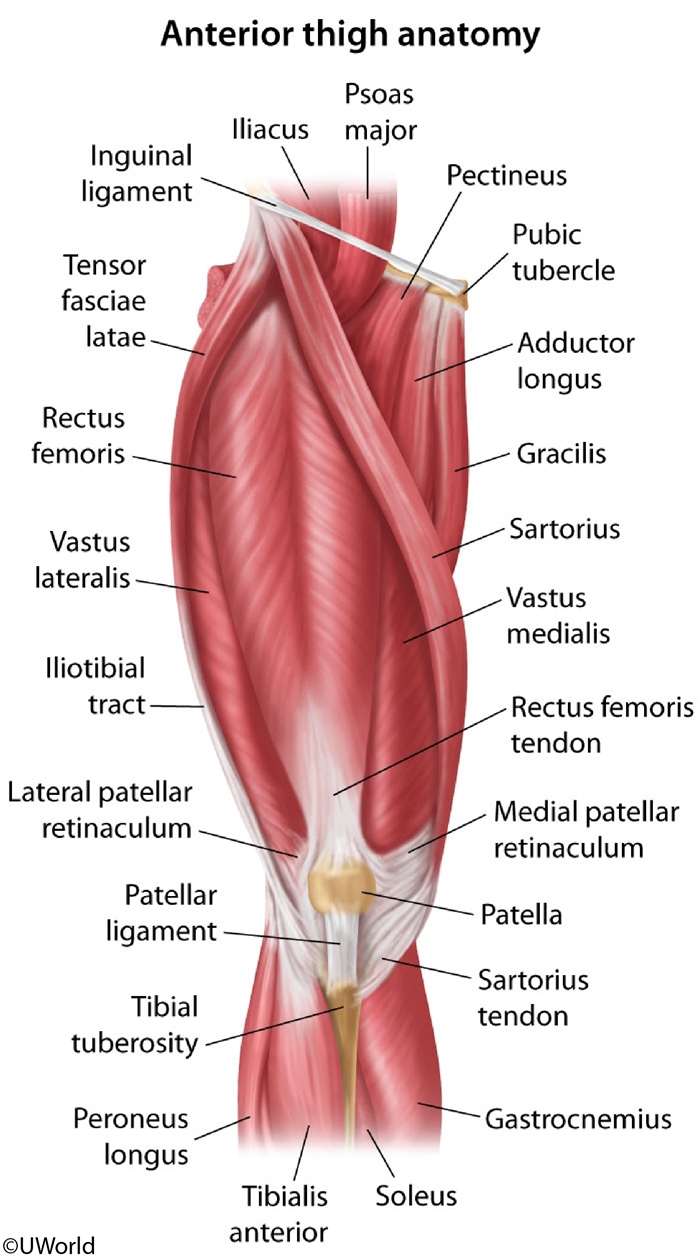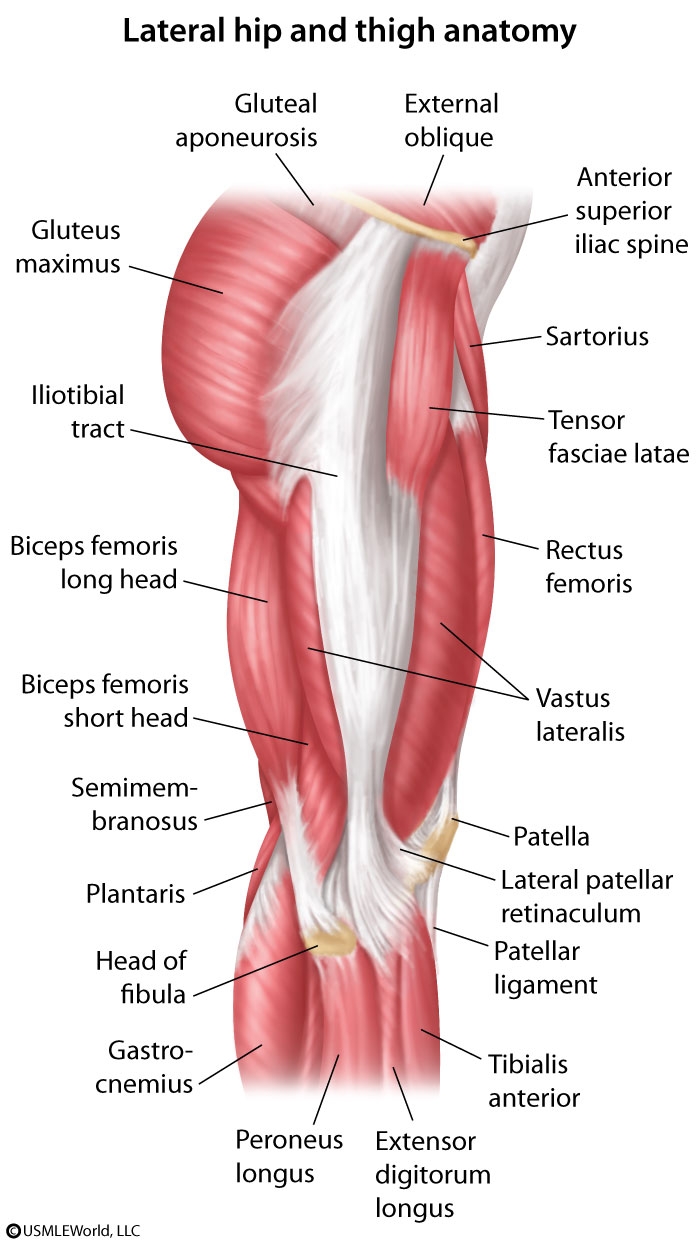Osgood Schlatter
Osgood Schlatter
- patient: adolescent male athletes. Early adolescence (typically ages 13-14 for affected males, and ages 10-11 for affected females)
- pathogenesis: This condition is caused by chronic/repetitive strain at the insertion of the patellar tendon on the tibial tubercle and is seen in pre-adolescent and adolescent patients undergoing rapid growth spurts.
- Sx: worsened by sports that involve repetitive running, jumping, or kneeling, and it improves with rest. Approximately one fourth of affected individuals have bilateral disease.
- Dx: On physical examination, there is edema and tenderness over the tibial tubercle. A firm mass can sometimes be felt due to heterotopic bone formation. Pain can be reproduced by extending the knee against resistance.
- Radiographic findings are nonspecific and include anterior soft tissue swelling, lifting of tubercle from the shaft, and irregularity or fragmentation of the tubercle.
- Treatment consists of activity restriction, stretching exercises, and non-steroidal anti-inflammatory medications.
Like patellofemoral pain syndrome, Osgood-Schlatter disease can cause anterior knee pain that is worse with squatting; however, it would not be seen in adult patients.
